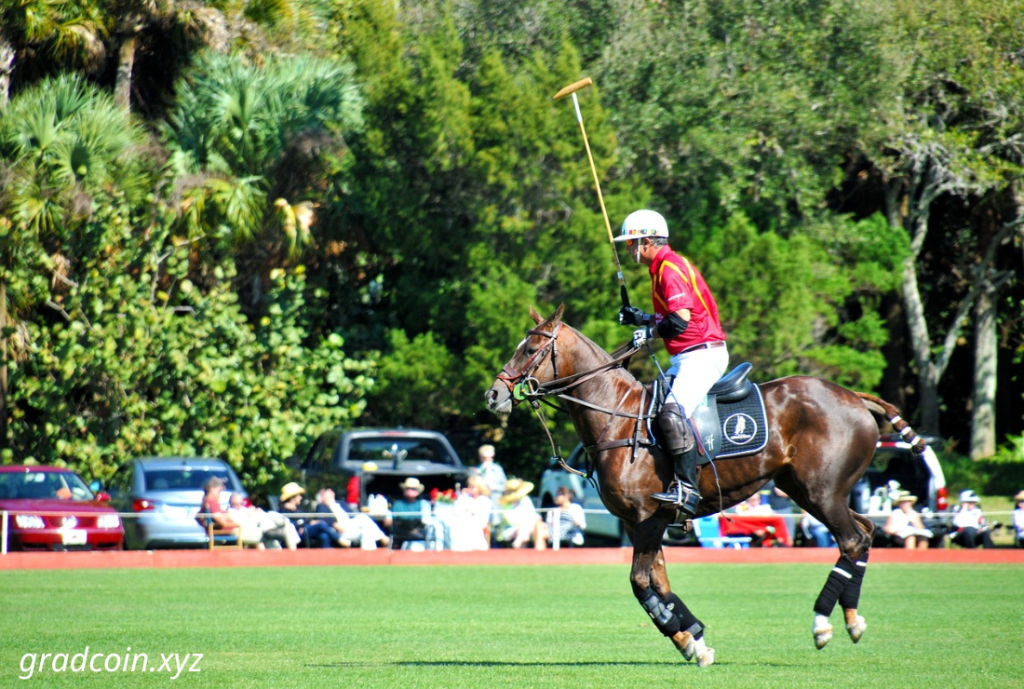New
Advanced Polo Techniques: Mastering Complex Skills and Strategies
Polo, often referred to as “the sport of kings,” is a fast-paced, physically demanding game that requires a unique blend of horsemanship, strategy, and teamwork. While basic skills are crucial, advancing in polo demands mastering complex techniques and strategies that can outmaneuver opponents and lead your team to victory. This guide delves into the advanced polo skills and strategies that seasoned players use to gain a competitive edge on the field.
Understanding the Essentials of Polo
Before diving into advanced techniques, it’s essential to have a solid understanding of the fundamental aspects of polo. These include:
- Riding Skills: In polo, your ability to control the horse, maintain balance, and maneuver quickly is as important as your ability to handle the mallet. Mastery of riding techniques such as the half-seat, full-seat, and leg aids is essential for executing advanced maneuvers.
- Mallet Control: The mallet is your primary tool in polo. Advanced players must have precision control over the mallet, allowing them to execute complex shots with accuracy, including neck shots, tail shots, and offside shots.
- Game Awareness: Understanding the flow of the game, anticipating opponents’ moves, and positioning yourself strategically are critical components of advanced play.
Mastering Complex Polo Techniques
1. The Ride-Off
- Technique: The ride-off is a fundamental defensive move in polo where one player uses their horse to push an opponent off the line of the ball. This technique requires a combination of strength, balance, and precise timing.
- Application: Ride-offs are used to gain control of the ball or to create space for a teammate. To execute a successful ride-off, approach the opponent at an angle, maintain a strong position, and use your horse’s body to push the opponent away without making contact with your mallet.
- Practice Tip: Focus on maintaining balance while applying pressure during practice. Work on approaching at different angles and speeds to develop a versatile ride-off technique.
2. The Hook
- Technique: The hook is a defensive move where you use your mallet to block or interfere with an opponent’s swing. This technique is legal only if the opponent is on the same side of the horse as you are.
- Application: The hook is most effective when an opponent is about to take a shot or pass the ball. Timing and precision are key—extend your arm and mallet quickly but smoothly to disrupt their swing.
- Practice Tip: Work on timing your hooks during practice sessions by focusing on the opponent’s body language and swing preparation. Coordination with your horse’s movements is crucial for maintaining balance while hooking.
3. The Nearside Backhand
- Technique: The nearside backhand is an advanced shot where you hit the ball with a backhand swing on the side of the horse that is closer to your opponent (the nearside). This shot is often used for defensive clears or quick changes in play direction.
- Application: To execute a nearside backhand, position your horse at an angle that allows you to swing backhanded without crossing the opponent’s line of the ball. This shot requires strong mallet control and precise timing.
- Practice Tip: Practice nearside backhand shots at different speeds and angles. Focus on maintaining balance and smooth swing mechanics to improve accuracy and power.
4. The Bump
- Technique: The bump, also known as a “bump and run,” is a physical move where you use your horse to jostle an opponent’s horse, disrupting their balance and position. This technique is legal as long as it is done safely and within the rules.
- Application: Use the bump to disrupt an opponent’s play, especially when they are in a scoring position. Approach at a slight angle and apply pressure with your horse’s shoulder or side to destabilize the opponent without causing a foul.
- Practice Tip: Practice bumping with control and awareness of your horse’s positioning. Ensure you’re comfortable with your horse’s reactions during contact to avoid fouls.
Strategic Play in Advanced Polo
1. The Line of the Ball
- Overview: Understanding and respecting the line of the ball is crucial for advanced strategic play. The line of the ball is the imaginary line that the ball travels along after being hit, and players must position themselves relative to this line to avoid fouls.
- Execution: Advanced players use the line of the ball to anticipate opponents’ movements, position themselves strategically, and execute plays that either maintain or regain control of the ball.
- Benefits: Mastering the line of the ball allows you to play more effectively, both offensively and defensively, reducing the likelihood of fouls and increasing your team’s control over the game.
2. Communication and Team Play
- Overview: Polo is a team sport that relies heavily on communication and coordination between players. Advanced players develop signals and strategies to communicate effectively, ensuring everyone is on the same page during fast-paced plays.
- Execution: Develop clear communication strategies with your teammates, such as specific calls for passes, defensive positions, or strategic plays. Effective communication can make the difference between a well-executed play and a missed opportunity.
- Benefits: Strong team communication enhances overall play, improves strategic execution, and allows your team to react quickly to changing game dynamics.
3. Positional Strategy
- Overview: Positional strategy in polo involves understanding your role within the team and positioning yourself to maximize effectiveness. Advanced players must be able to read the game, anticipate plays, and adjust their position accordingly.
- Execution: Position yourself strategically based on the ball’s location, your teammates’ positions, and the opponents’ movements. This often involves a balance of offensive and defensive positioning to be ready for any situation.
- Benefits: Mastering positional strategy allows you to be more effective on the field, increasing your chances of making successful plays and reducing your opponents’ opportunities.
Conclusion
Advanced polo techniques and strategies require not only skill but also a deep understanding of the game’s nuances. By mastering complex moves like the ride-off, hook, and nearside backhand, as well as developing strategic awareness and team communication, you can elevate your polo game to a new level. Whether you’re competing in high-level tournaments or seeking to refine your skills, these advanced techniques will give you the competitive edge needed to excel in the sport of kings. Embrace the challenge of mastering polo, and experience the thrill of playing at an advanced level.

